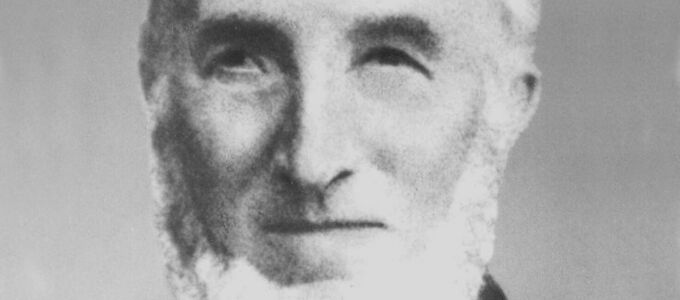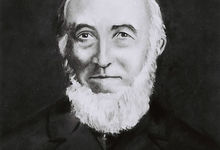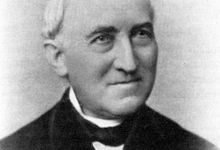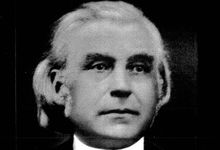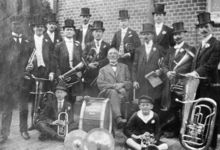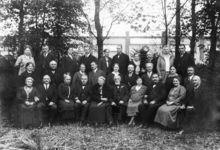When the form of divine service changed
A church? Well, it was rather two centres with very different cultures. One man brought the two ends together and laid many additional foundations. Friedrich Wilhelm Menkhoff was called as an Apostle 150 years ago.
Hamburg, Germany, the birthplace of the New Apostolic Church: it was here that the Allgemeine Christliche Apostolische Mission (Universal Christian Apostolic Mission) separated from the Catholic Apostolic Church. The so-called new order retained many of the traditions, such as the way the divine services were celebrated with elaborate liturgical procedures and the wearing of ornamental vestments by the clergy.
Amsterdam in the Netherlands was one of the first offshoots active under the name Apostolischen Zending (Apostolic Mission): here the sermon was the key element of the divine service. And the ministers were dressed in simple suits. A certain Protestant pastor was responsible for this.
Heading back home with a new faith
Friedrich Wilhelm Menkhoff was born in Westphalia in 1826, received his education at the Duisburg Diaconry, and was sent to evangelise the so-called Hollandgänger, itinerant craftsmen and seasonal workers from Germany who had gone to the Netherlands to work. He was to bring the gospel to these migrant workers of German origin, most of whom worked in peat-cutting. In 1860 he accepted a pastorship in the free Evangelical Congregation in Ouderkerk/Amstel.
Pastor Menkhoff came into contact with Apostolischen Zending in 1863. Four years later, he was sealed and a year later still he received the ministry of Evangelist. He brought his new faith back to Germany and made the region around Bielefeld another stronghold of the New Apostolic faith.
Concession creates tension
At the latest as a Bishop, Menkhoff became the most important co-worker of Apostle Friedrich Wilhelm Schwarz, the leader of the Apostolischen Zending in Amsterdam. Schwarz, formerly a rector of the former Catholic Apostolic congregation in Hamburg, still clung to its traditions.
Yet, the Apostle allowed himself to be convinced by Menkhoff to make the divine services less elaborate and do away with liturgical vestments. This was supposed to accommodate the believers in the Netherlands who were influenced by Calvinism. But it caused tensions with the mother congregation in Hamburg.
The black suit came later
A schism took place there when, in 1878, the Hamburg Apostle Carl Wilhelm Louis Preuss died and a dispute arose over his succession. Menkhoff, who had been ordained as an Apostle on 19 May 1872, took over the leadership of the congregation. In the wake of this, a new dress code and a divine service order were also introduced there.
A suit, yes, but certainly a little more colourful than today. It took a while, well into the time of Chief Apostle Johann Gottfried Bischoff, before the black suit actually became compulsory. Only then was the present form of liturgical dress officially established.
Far more than a matter of form
But this was by no means the only impulse that Apostle Menkhoff gave to the New Apostolic Church. He also left his mark on the doctrine. He wrote a treatise with the title Grundsätze und Glaubens-Bekenntniß der Apostolischen Gemeinde in Bielefeld (literally: “Principles and Confessions of Faith of the Apostolic Congregation in Bielefeld”) which influenced the “form in which Holy Communion can be celebrated”—so the subtitle.
And he published an epistle on baptism, which continued to have an effect on the definition of the sacrament up to the time of Chief Apostle Johann Gottfried Bischoff. One means of propagating the teaching was a publication with the title Herold, the first monthly magazine of the New Apostolic Church, which Apostle Menkhoff began publishing in 1884 and whose content he supervised until a few months before his death on 21 June 1895.



